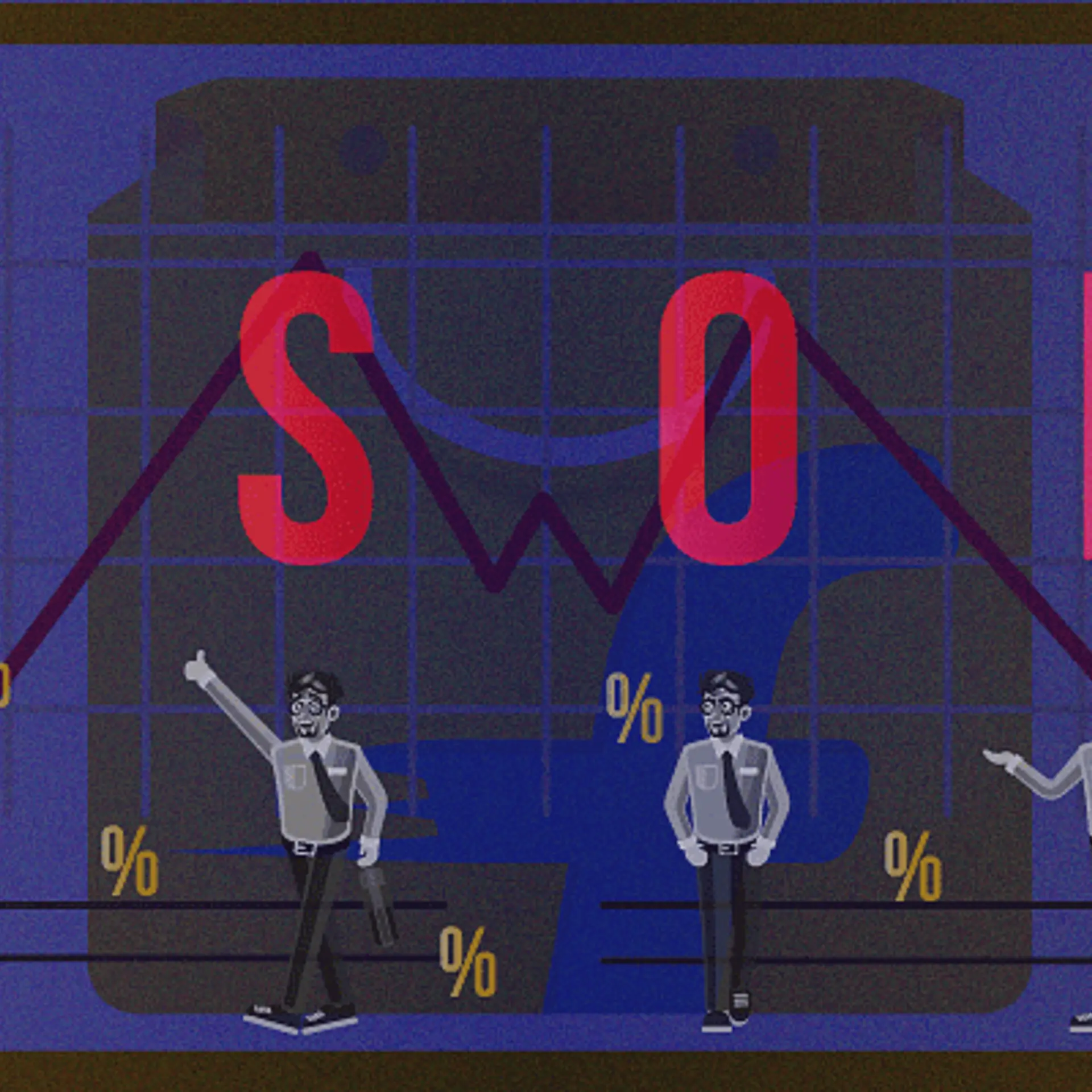Indian last mile delivery market is all set to go electric
With a surge in hyperlocal startups, the last mile delivery ecosystem is gaining traction with big players joining the fray and investing in EV-led mobility that are not only environment-friendly, but also economical.
In the last couple of decades, India had witnessed a phenomenal shift in the delivery ecosystem. Owing to the growing demands of local supplies and a surprising boom in hyperlocal startups has given rise to a new delivery wing, the hyperlocal or last mile delivery ecosystem.
From food delivery startups like , , etc. to hyperlocal on-demand delivery startups like , , , etc. and large ecommerce players entering hyperlocal delivery segment like Amazon Fresh, : Supermarket, BigBazaar, Dmart, JioMart, and more, this segment is gaining surging popularity and adoption among the general public.
Evolution of the last mile delivery ecosystem
For a considerable amount of time, the delivery ecosystem in India was dominated by the trucking milieu, which was for delivering large goods or transporting heavy goods to distant places. This was disrupted by small trucks, minivans and bikes-led delivery system when ecommerce made its mark in the Indian market.
This had been the case for the past couple of decades until lately when quick commerce or q-commerce took over the ecosystem. Customers expect quicker and customised services, which reflects on their purchase pattern and has a direct bearing on the functioning of businesses. The outcome of this paradigm shift, especially for ecommerce players, is a drastic reduction in delivery time.
When ecommerce had just set in in India, it would take weeks for purchased goods to reach the consumers, which now can be seen to be delivered within a span of few days, even the next day in some cases.
To cater to the demands of faster delivery, a whole new industry has emerged taking a cue from ecommerce business, the hyperlocal delivery business. This has further defined the way last mile delivery works and has given rise to q-commerce (quick-commerce).
The rising competition to deliver faster has led to ecommerce and hyperlocal delivery players to partner with mobility players to expand their fleet while still staying lean on resources.

Electrifying last mile delivery is the key
According to the report by the World Economic Forum 2020 (WEF), ecommerce is set to grow exponentially in the next few years, especially triggered by the onset of the global pandemic due to COVID-19.
People are now trying to avoid community contact as much as possible and this has also reflected in consumer behaviour where consumers are leaning towards home deliveries from hyperlocal and ecommerce players or local stores equipped with delivery options. This sudden thrust in the ecommerce and hyperlocal ecosystem has triggered a growing demand for last mile deliveries.
With the delivery ecosystem growing larger and demands increasing by leaps and bounds, a definite impact is felt in the environment in terms of increasing carbon footprint. This might be an imminent threat to both nature and general health. We have already witnessed the ill-effects of the growing air pollution in densely populated cities, especially metros like Delhi, Bangalore, Mumbai, etc. Delhi air pollution even made it to global headlines in the past few years, which is a cause for concern for India.
To counter the environmental concern while still catering to the needs and demands of the last mile delivery the only viable option that lies in front of us is electrifying the last mile.
To this effect, many hyperlocal delivery startups like BigBasket, Grofers, Swiggy, Zomato, etc. are seen to slowly yet steadily switch to electric mobility.
Same is the case with e-commerce players like Amazon, Flipkart, etc. who witness a large volume of orders and need larger delivery fleets, are slowly moving towards an electric-enabled fleet from ICE vehicles. These players are seen partnering with e-mobility startups and suppliers to convert their fleet into an e-fleet. This also unlocks a huge door of opportunity for e-mobility players to partner with large ecommerce and hyperlocal delivery startups and grow their business.
Another important factor contributing to the growth of e-mobility led last mile delivery ecosystem is the cash factor. The cost to rent and maintain e-vehicles like e-scooters and e-cars is exponentially lower in comparison to their ICE counterparts. To break it down, when you rent an ICE vehicle, there’s a line of additional expenses that are to be met by the consumer like petrol/diesel costs, etc., which is nil in case of an e-vehicle.
On top of it, the central and state governments are also offering huge discounts and lucrative offers to promote electric mobility and push the sales and adoption of e-vehicles. The central government’s FAME II and the recent EV policy announced by the Delhi government bear testimony to the effort.
The government has set a target of moving 50% of the vehicles plying on the roads to an EV-led mobility system by 2023 and switching to complete EV-led mobility by the year 2025. This also intensifies the need of India’s last-mile delivery ecosystem switching to electric in the coming five years.
The only hurdle in the way of a complete EV-led last mile ecosystem is probably the lack of infrastructure, especially recharging stations. However, both the government and the EV industry are investing in resolving the issues at hand.
From setting up of recharging stations, using existing infrastructure to accommodate EV recharges, battery swapping facilities, etc. are already on the cards and we expect the obstacles along the way to EV-led mobility, especially last mile delivery ecosystem to be overcome very soon.
Keeping all the aspects and future of the Indian economy in mind, the way we see India’s last mile delivery ecosystem is to go all electric. It is a safer, economical and environment-friendly mode of mobility. The increasing adoption and growing interest from the government and business is a huge bonus towards electrifying India’s last mile mobility. Both owned and rental schemes in the EV-led mobility are going to be equally predominant.
(Disclaimer: The views and opinions expressed in this article are those of the author and do not necessarily reflect the views of YourStory.)








